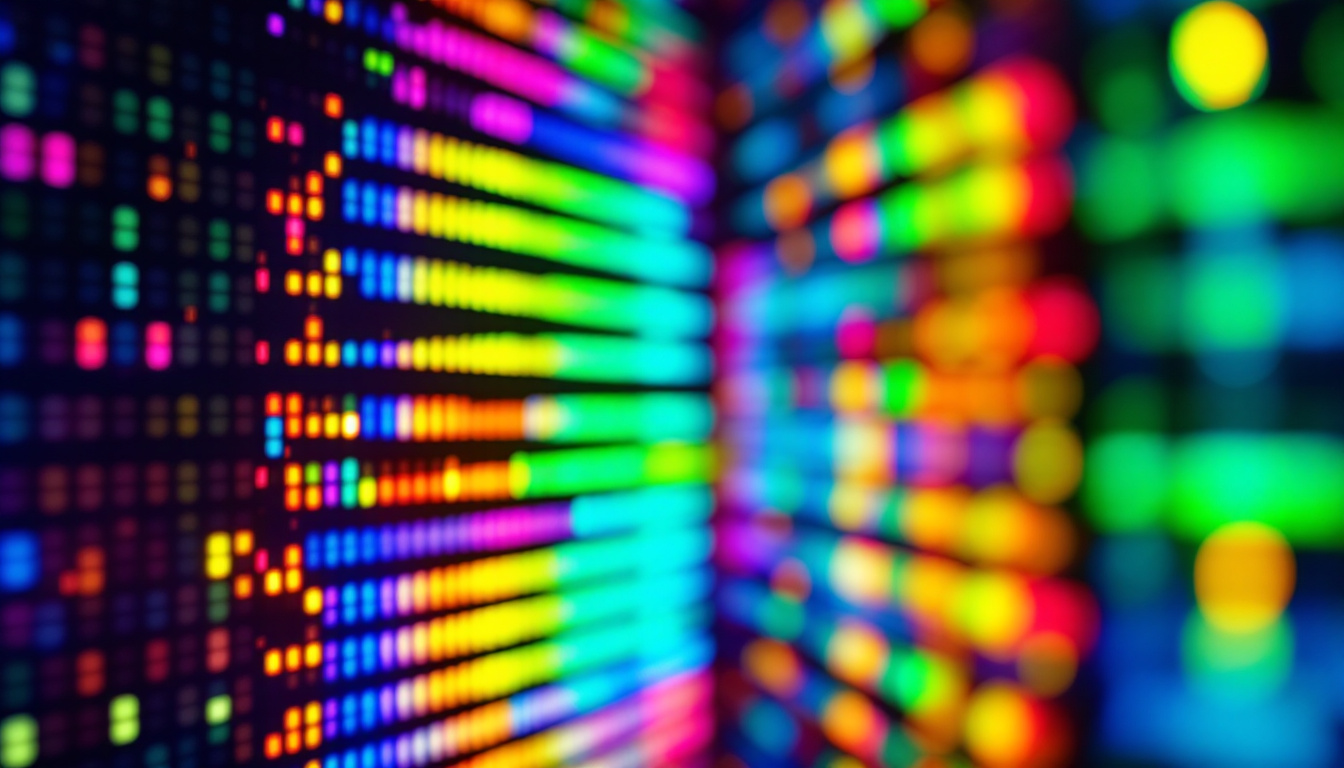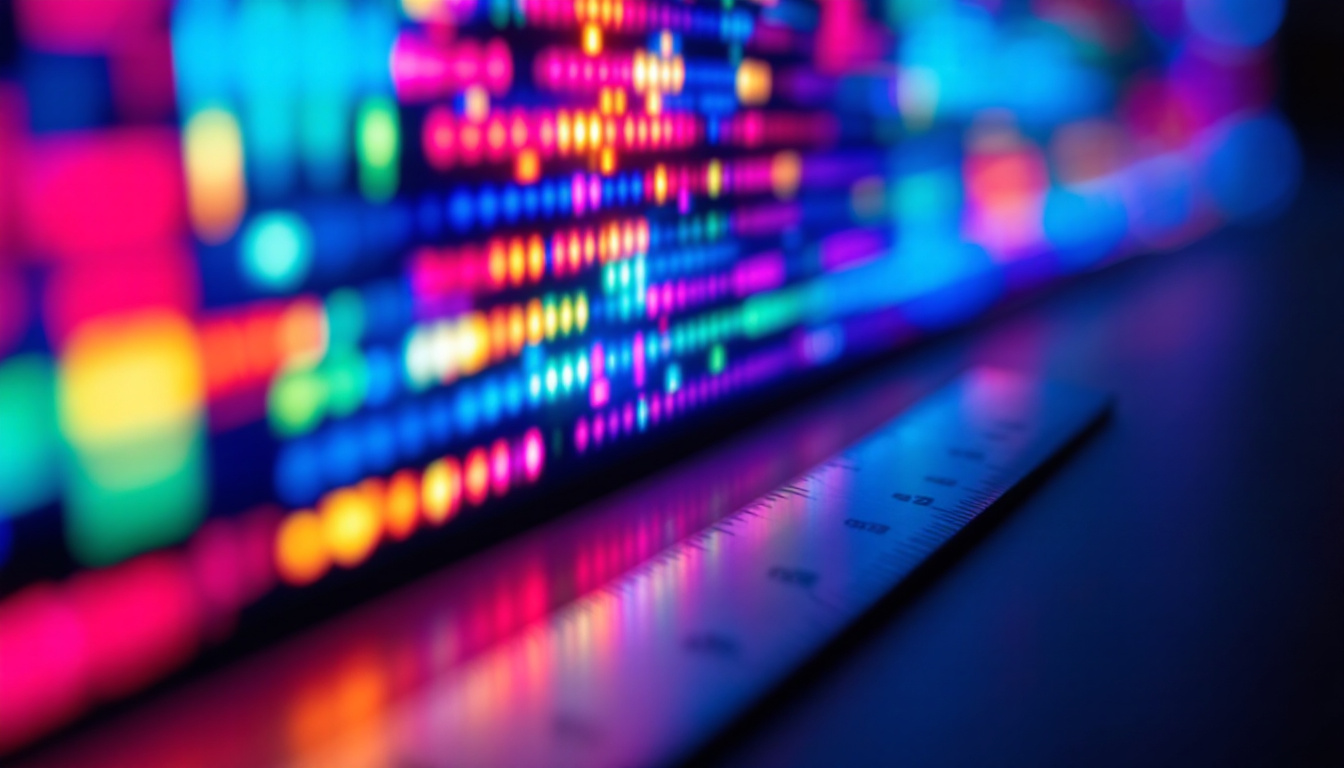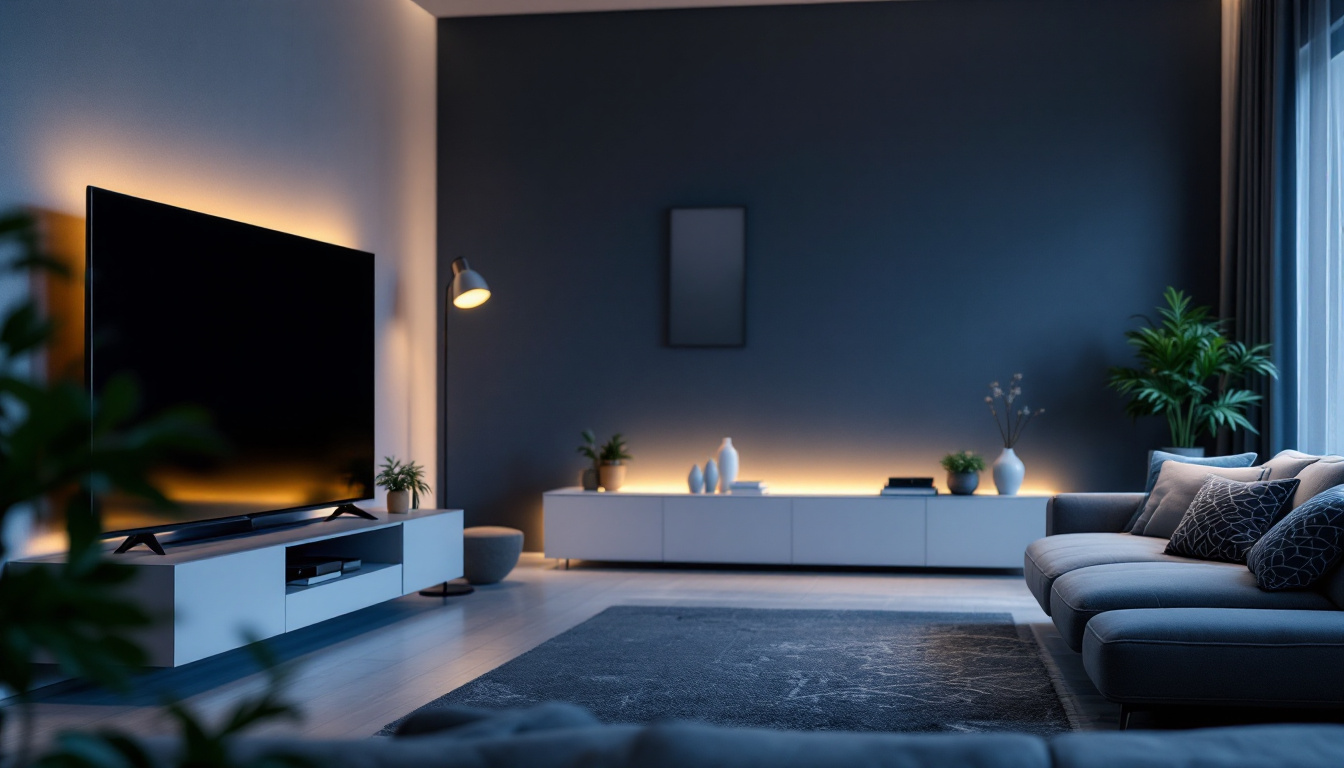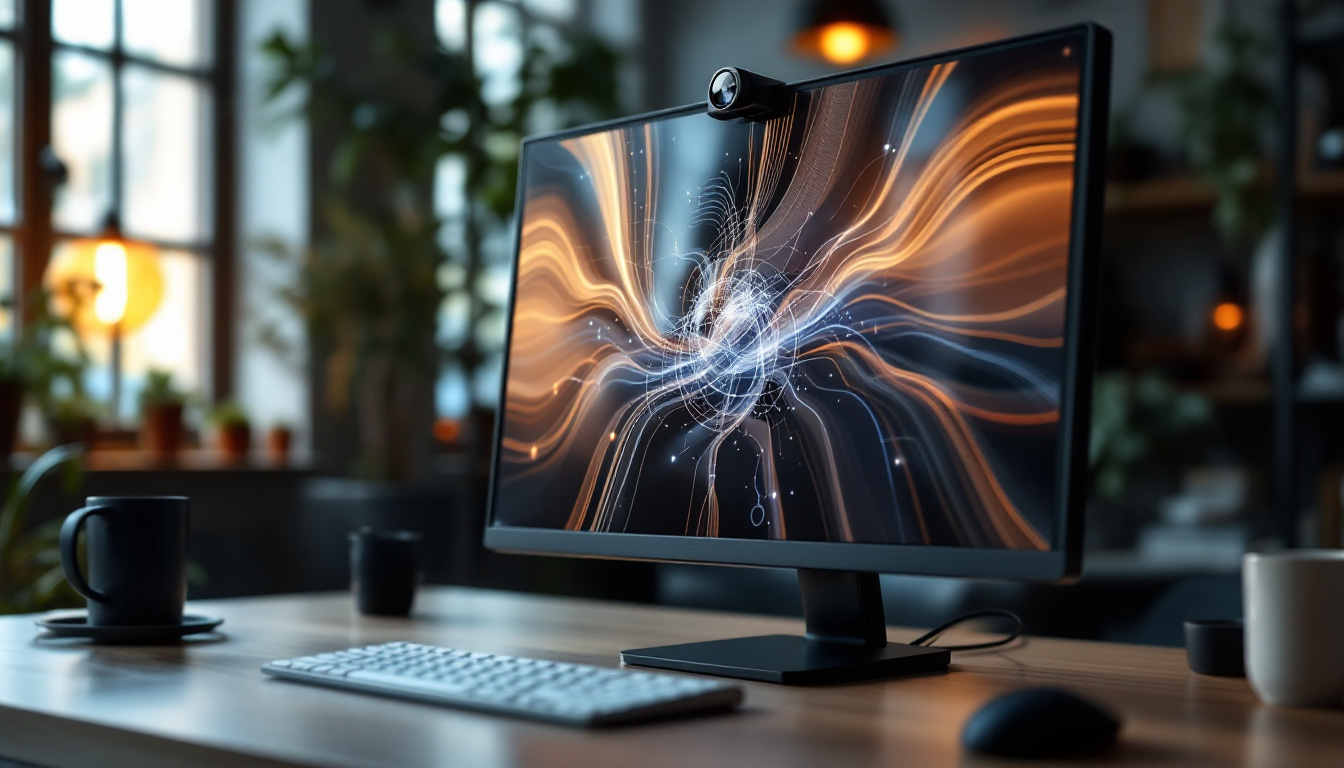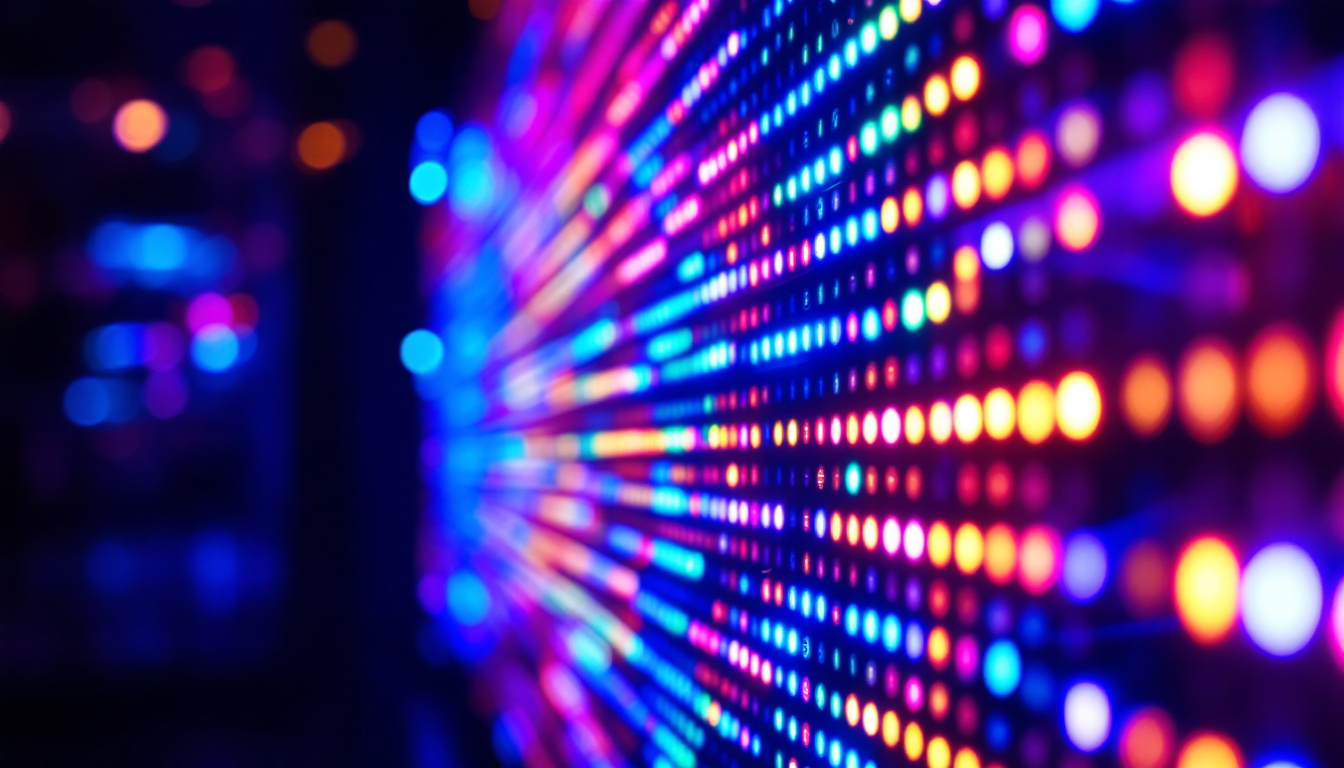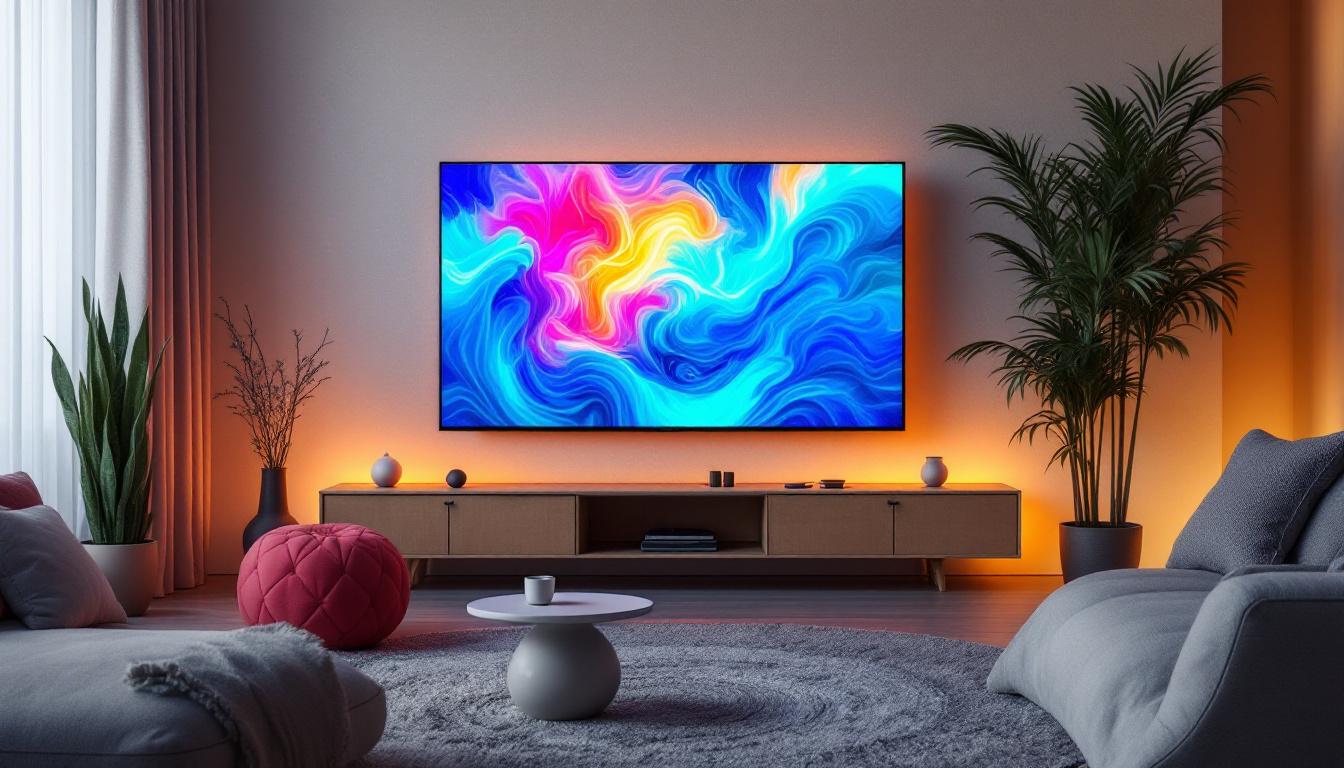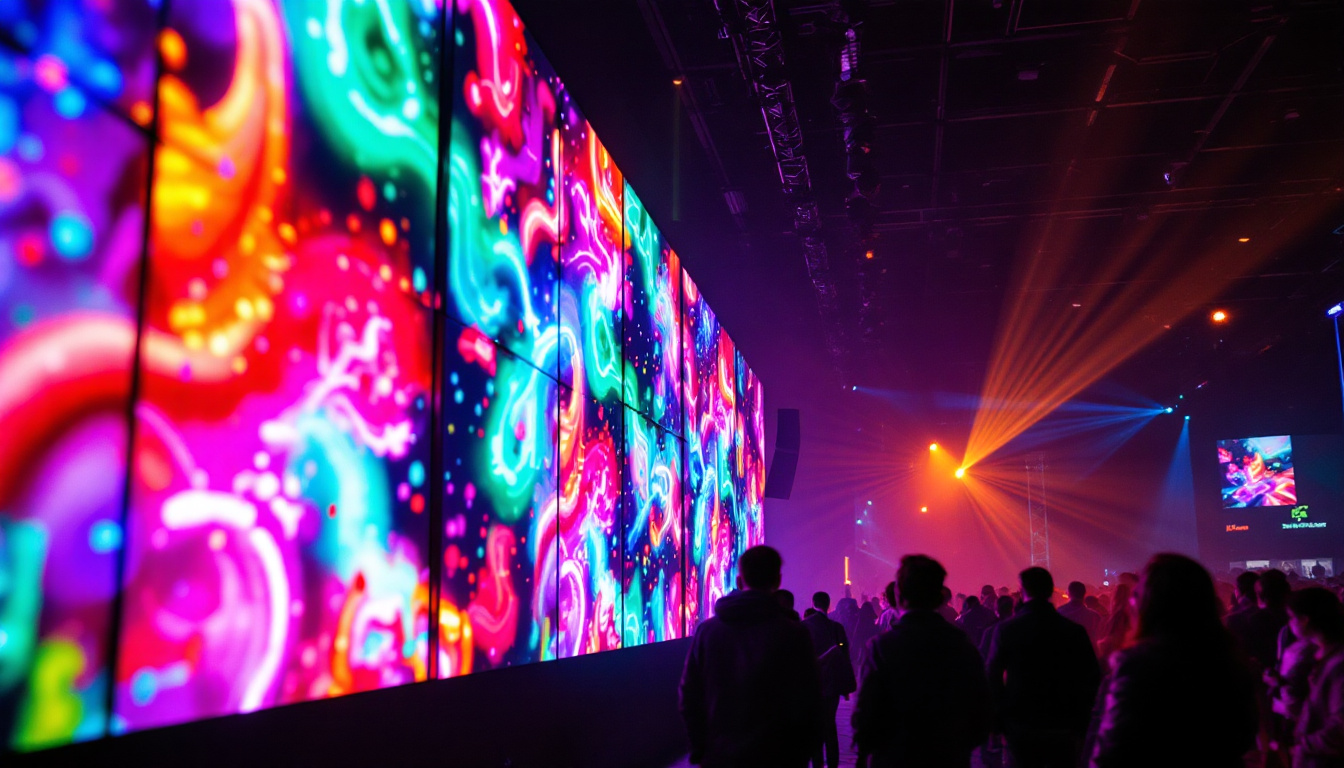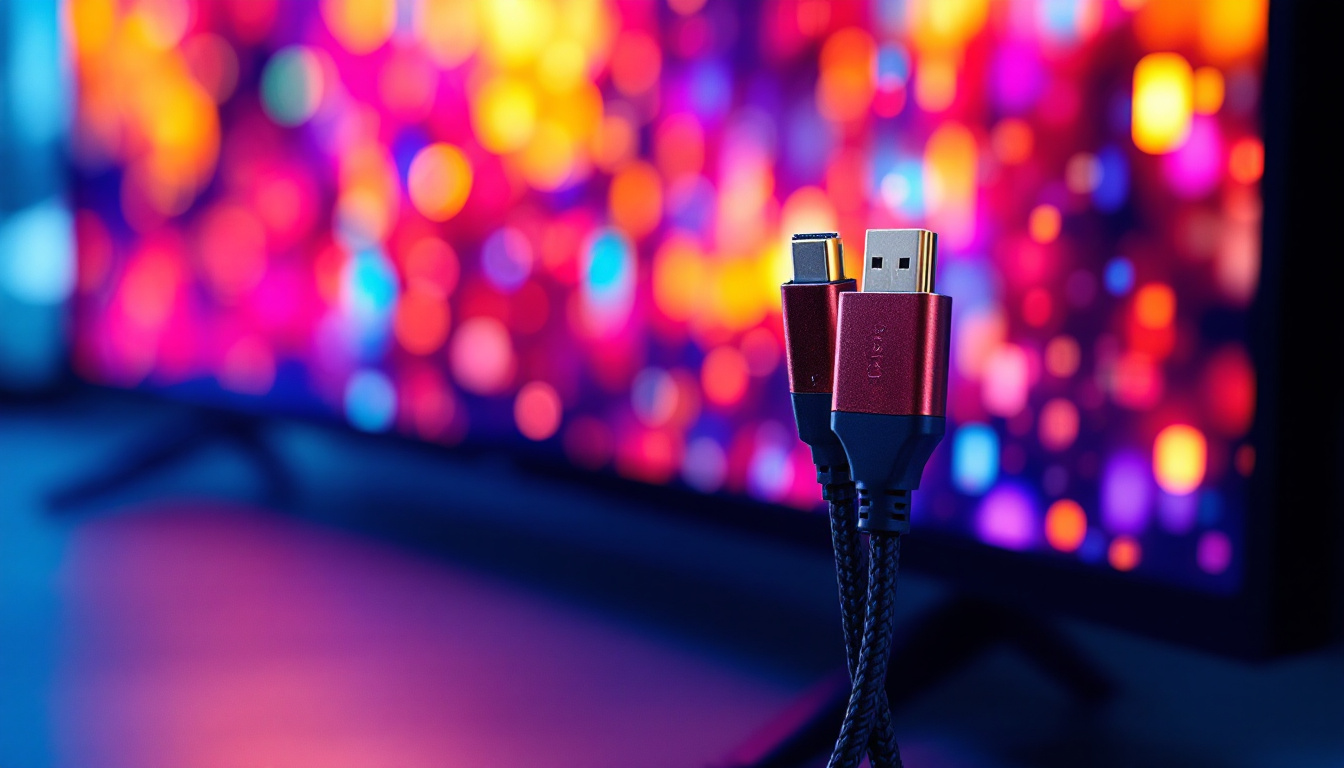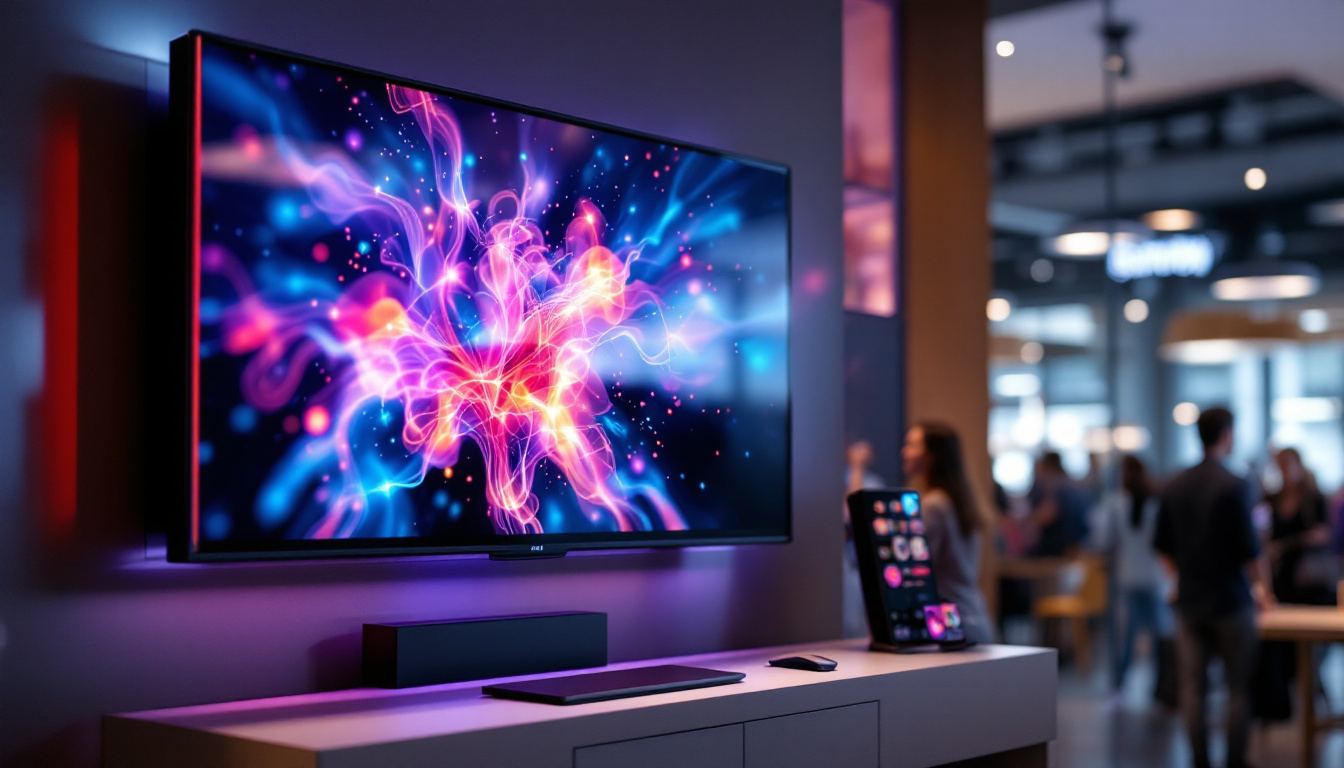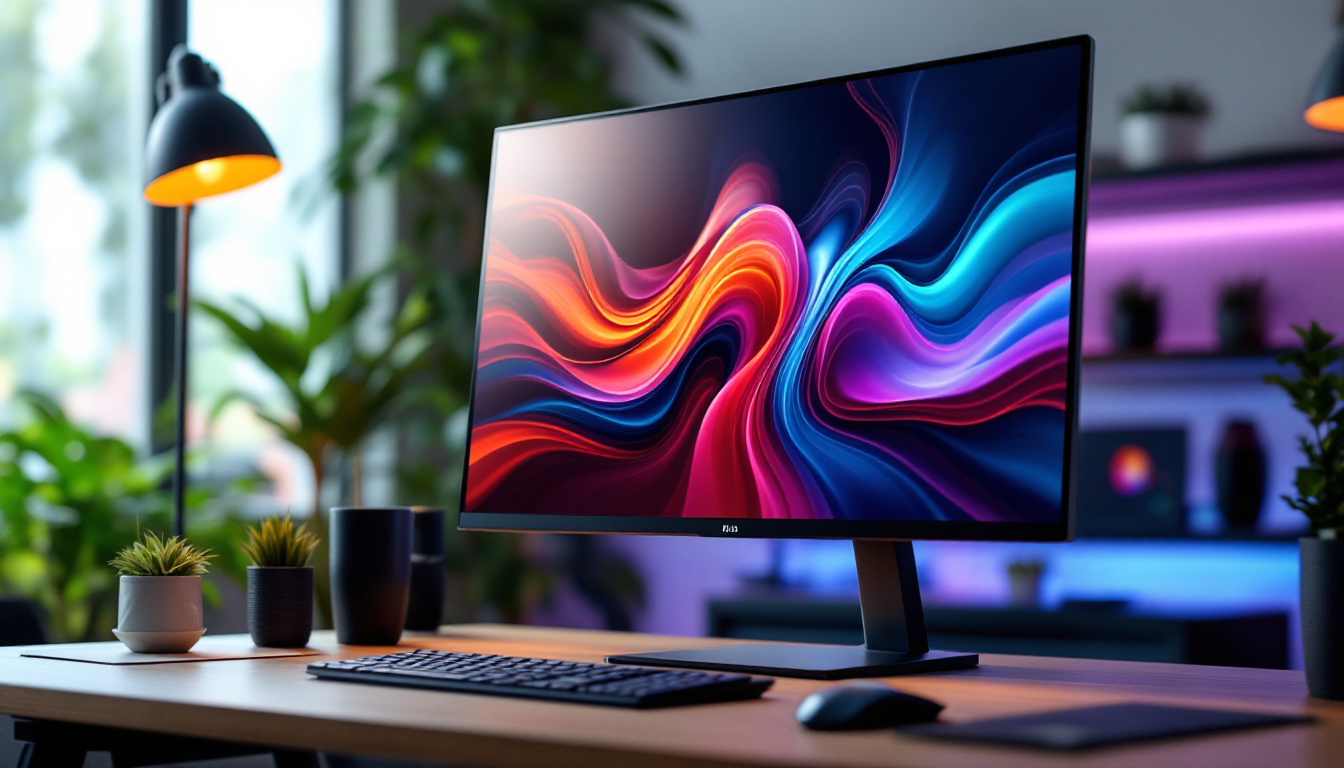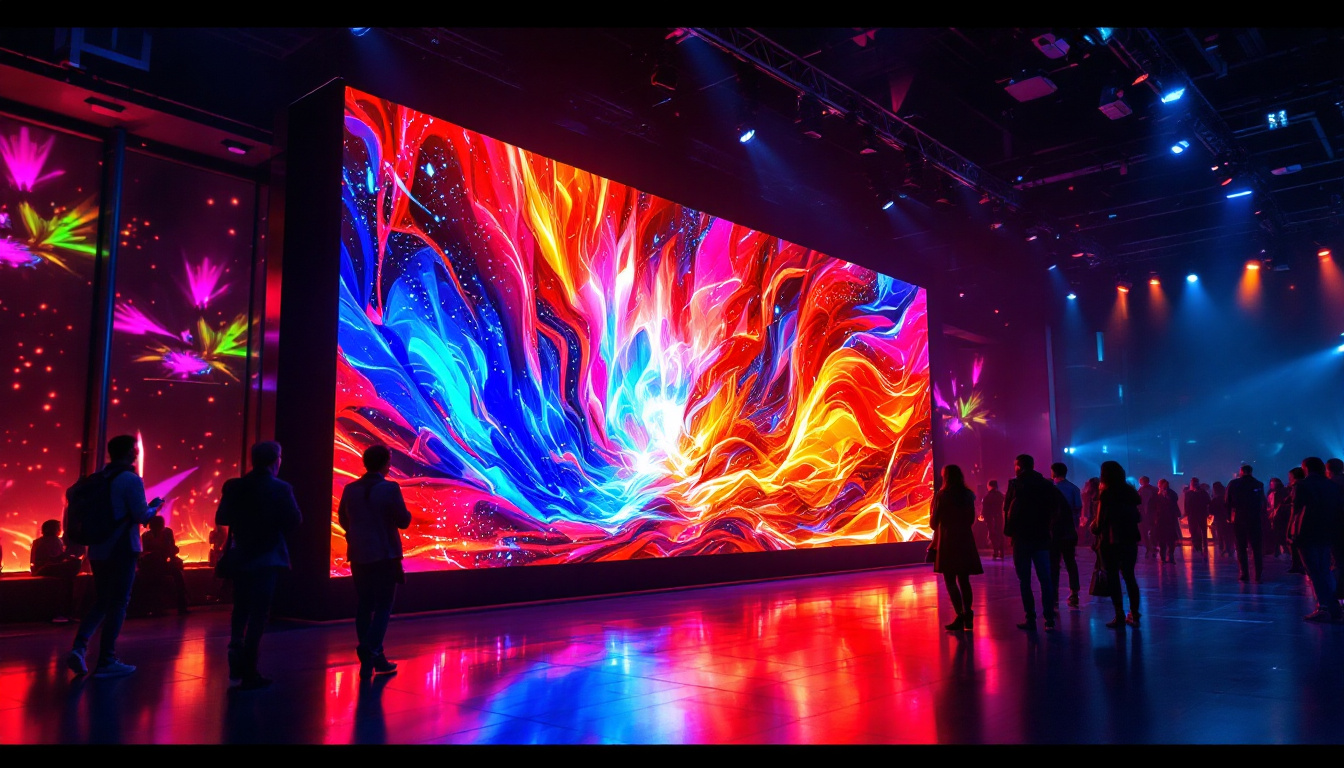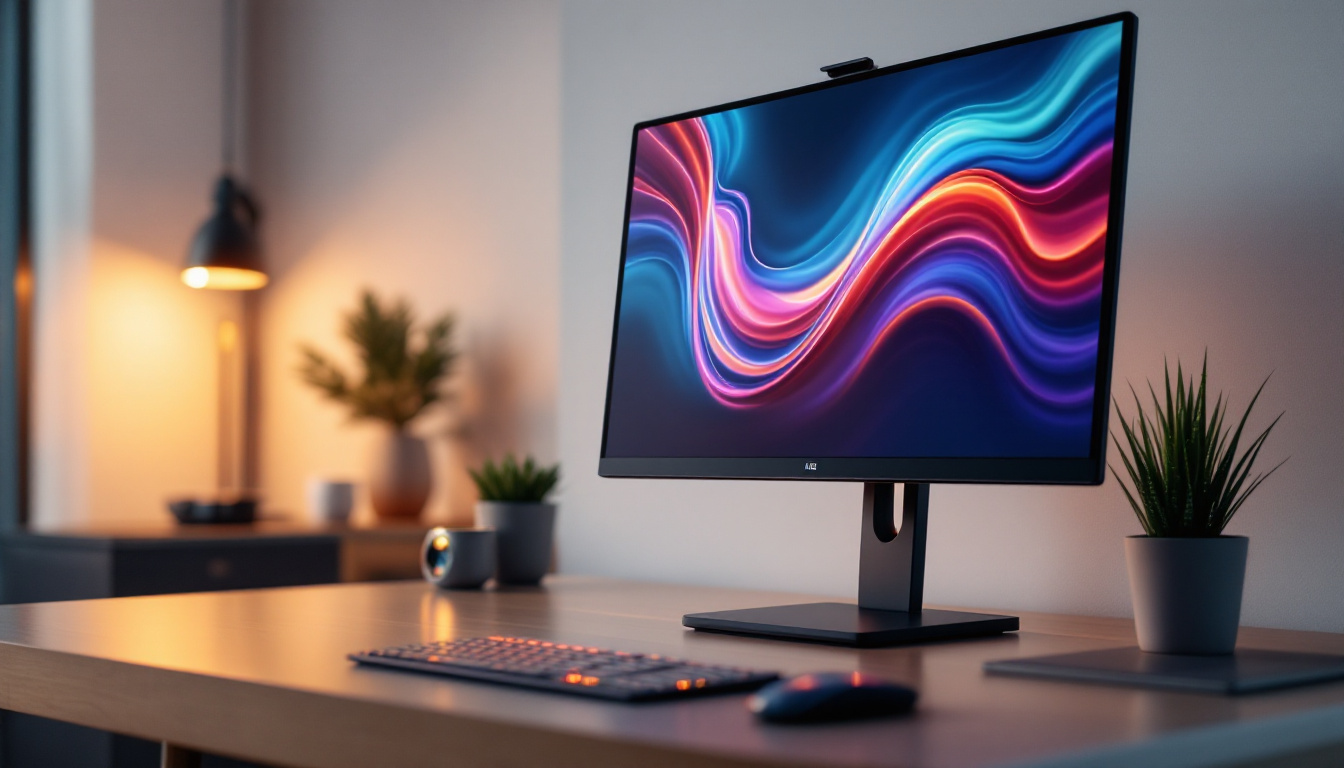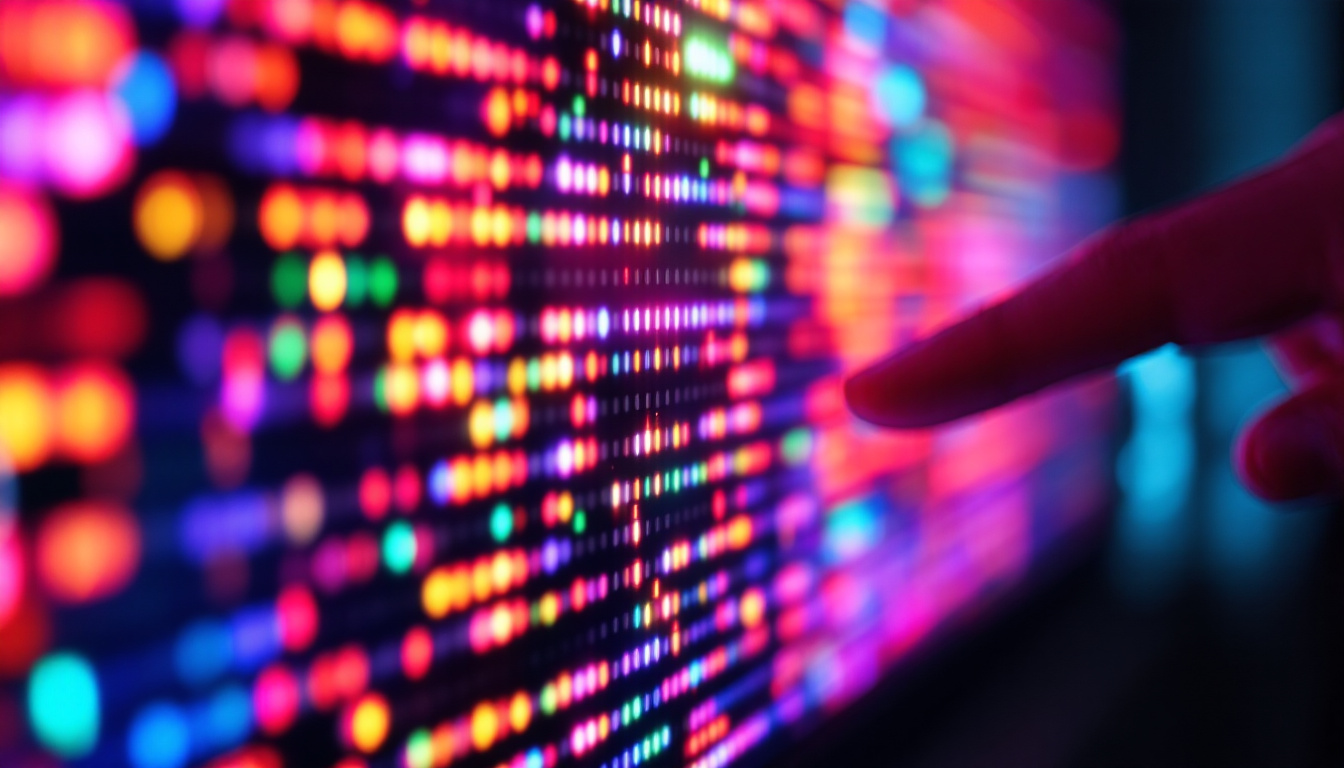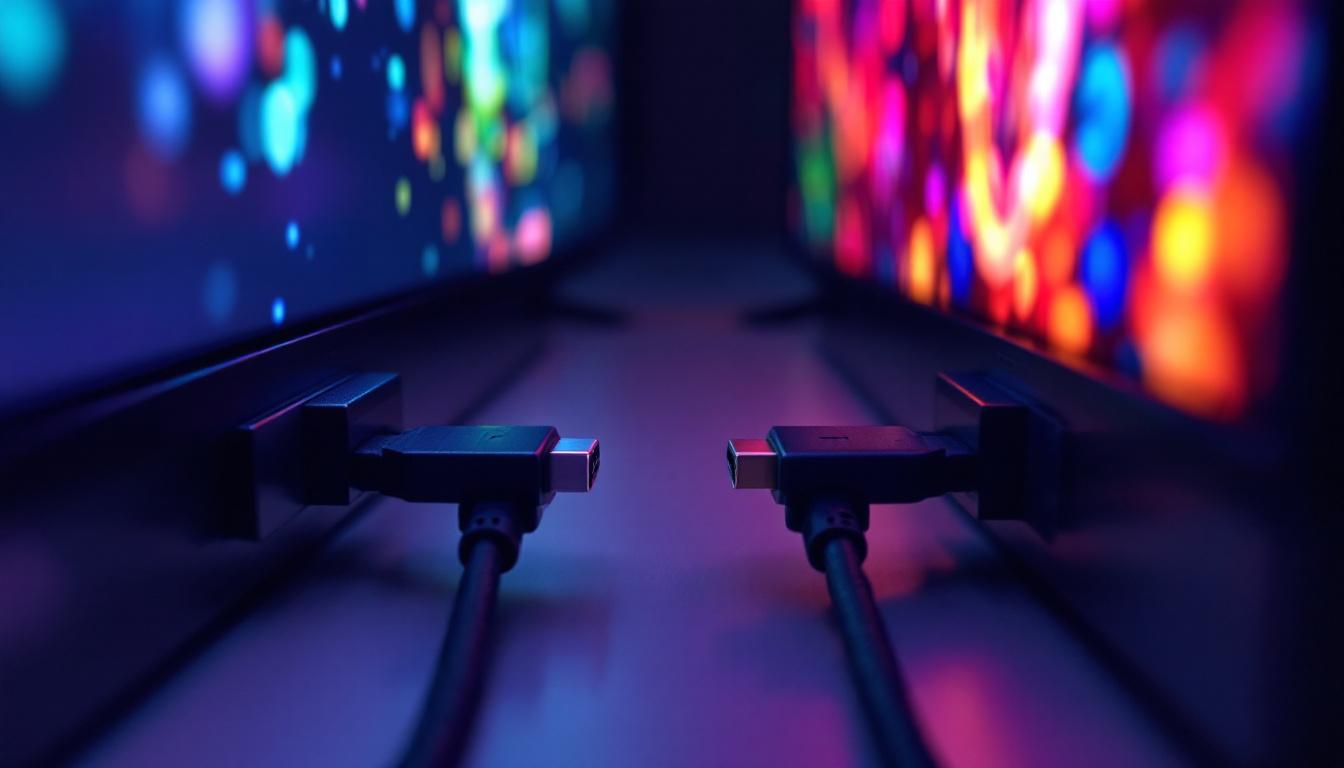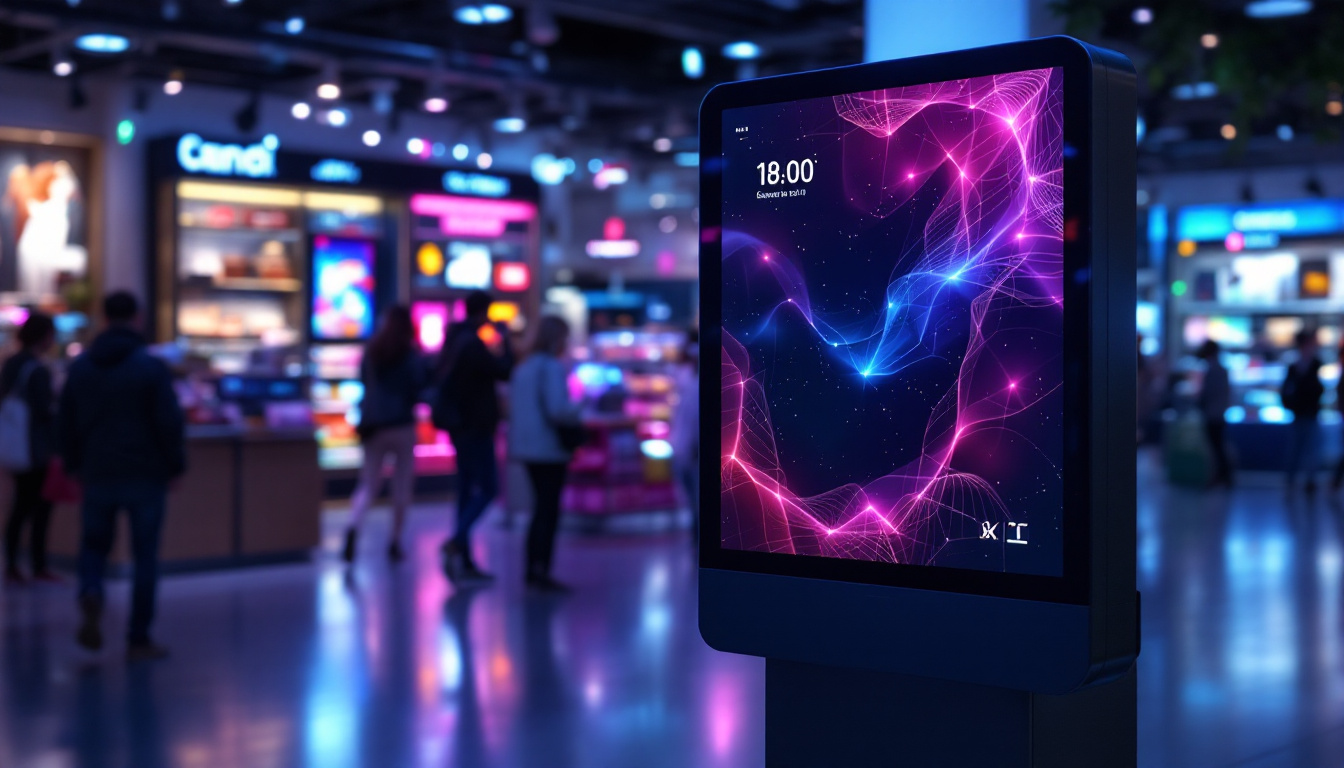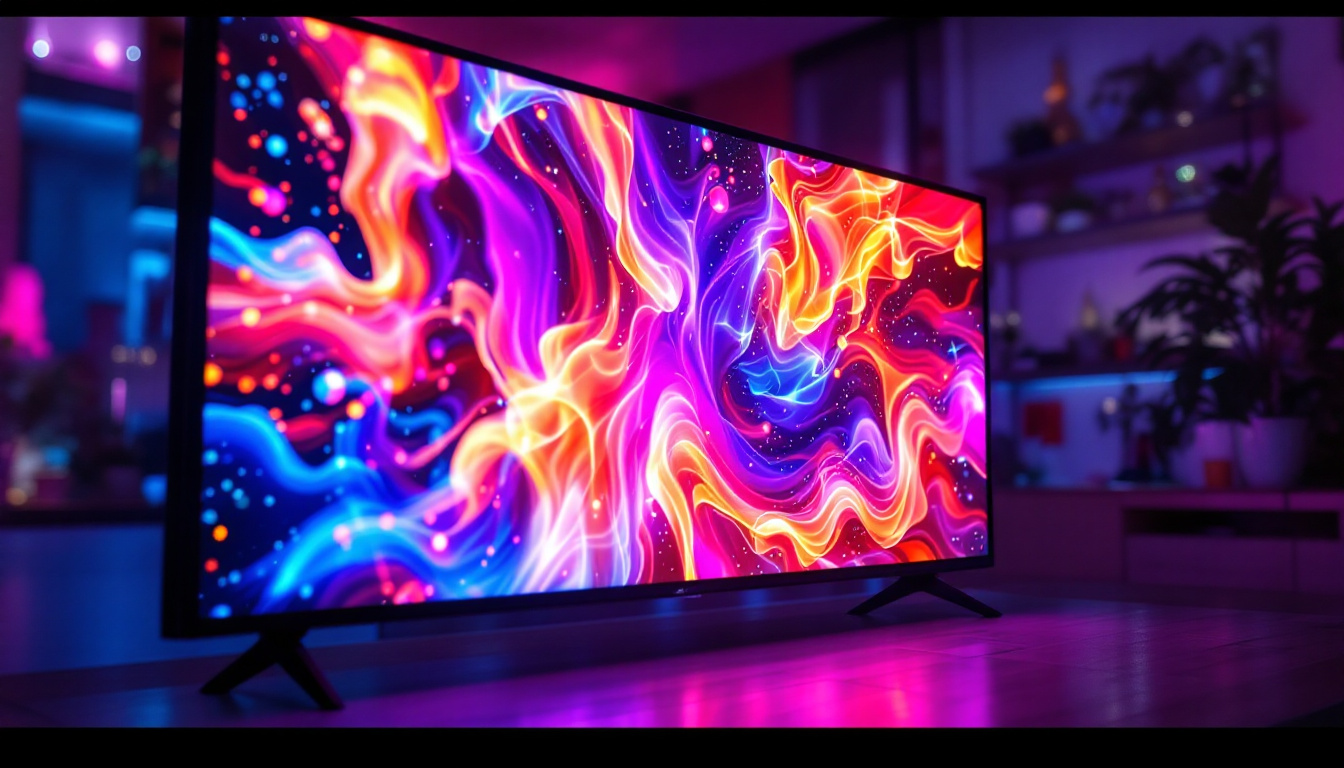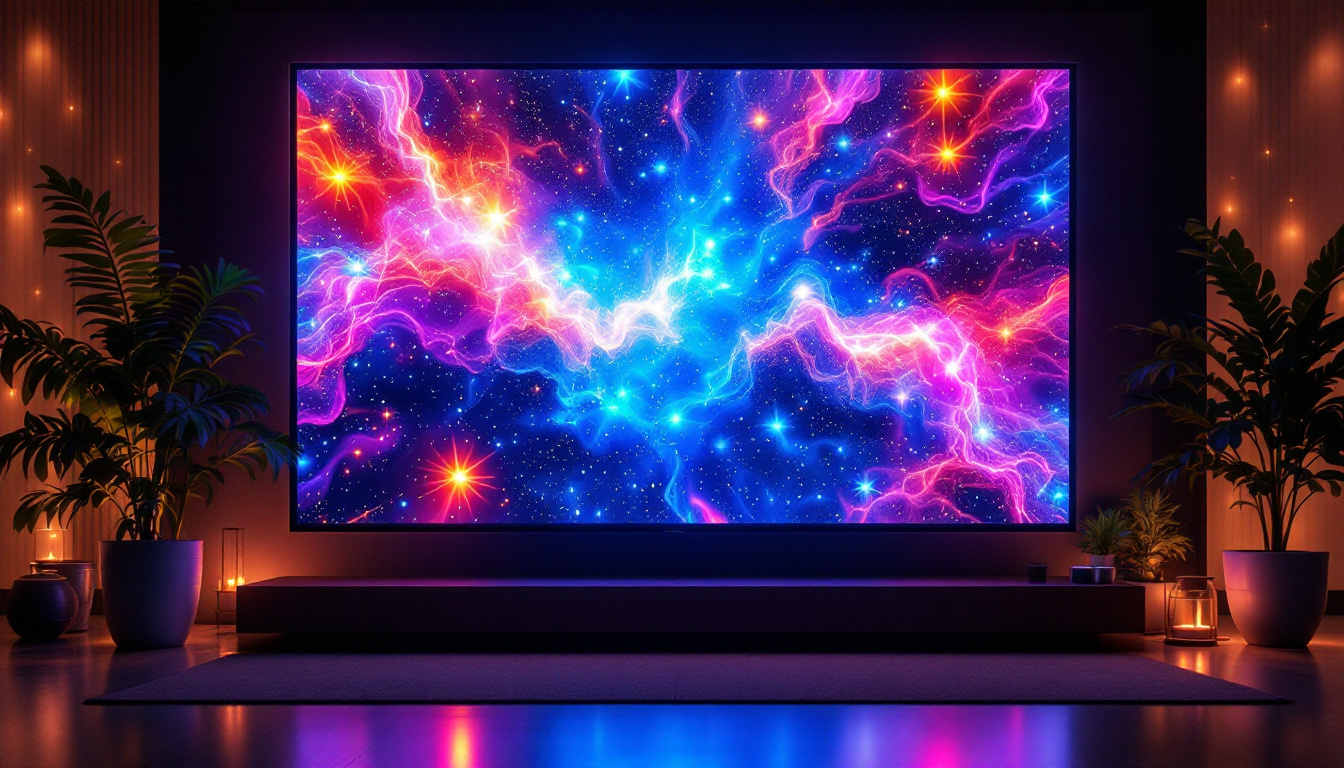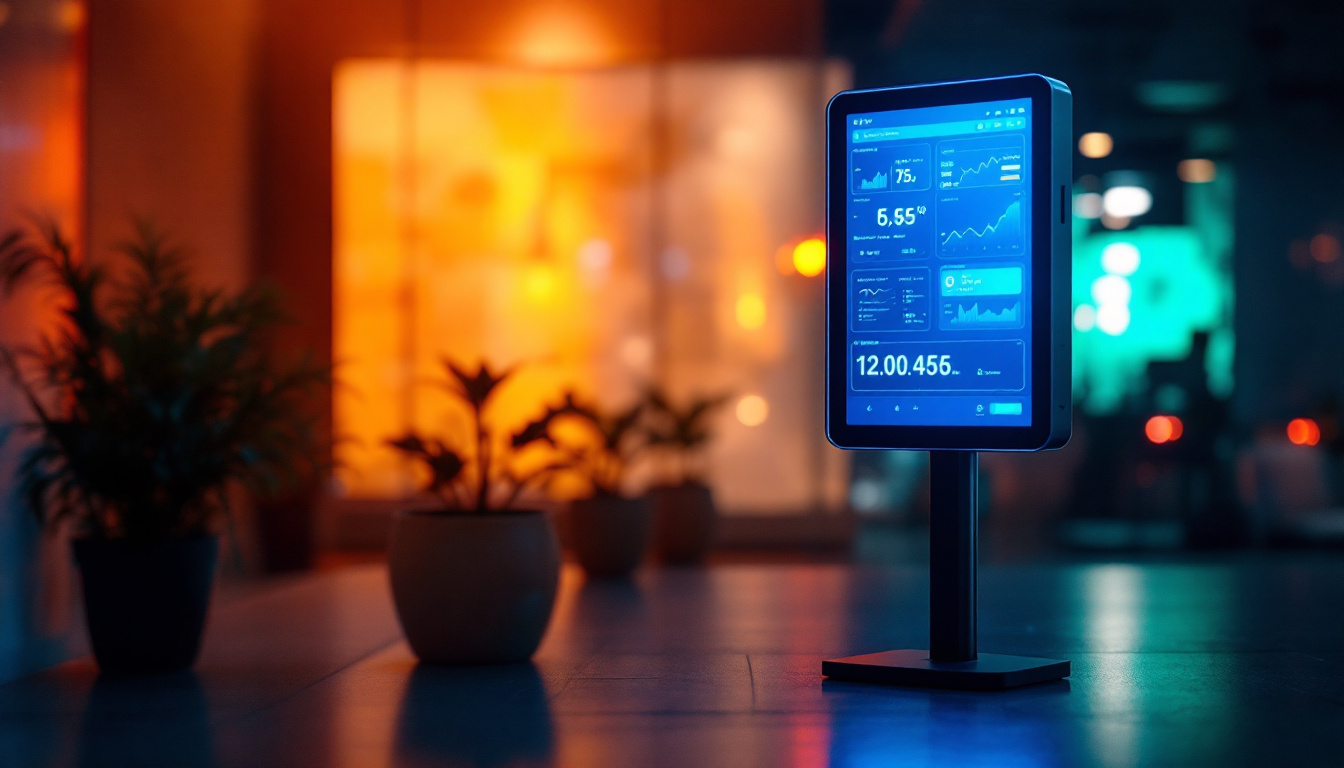In today’s digital age, the quality of display screens plays a pivotal role in how content is consumed and appreciated. Whether for professional use in graphic design, photography, or simply enjoying media, the accuracy of color representation is crucial. This is where a screen color tester comes into play, particularly when it comes to LED displays. This article delves into the intricacies of screen color testing, with a special focus on LED technology.
Understanding LED Displays
Light Emitting Diode (LED) displays have revolutionized the way screens present images and videos. Their ability to produce vibrant colors and deep blacks has made them a popular choice for televisions, computer monitors, and mobile devices. However, the quality of an LED display can vary significantly based on several factors, including the type of LED technology used, calibration, and environmental conditions.
Types of LED Technology
There are primarily two types of LED technologies used in displays: Edge-lit and Direct-lit. Edge-lit displays use LEDs positioned along the edges of the screen, allowing for a thinner design. While they can produce good brightness levels, they may suffer from uneven lighting and color accuracy issues. On the other hand, Direct-lit displays have LEDs placed directly behind the screen, providing more uniform brightness and better color reproduction.
Additionally, there are variations like OLED (Organic LED) and QLED (Quantum Dot LED), which further enhance color accuracy and contrast. OLED displays are known for their ability to produce true blacks by turning off individual pixels, while QLED technology enhances brightness and color range through quantum dot filters.
The Importance of Color Accuracy
Color accuracy is essential for a variety of applications. For graphic designers and photographers, an accurate representation of colors is vital to ensure that their work appears as intended across different devices. In the realm of gaming and entertainment, vibrant and true-to-life colors can significantly enhance the viewing experience.
Inaccurate colors can lead to a distorted perception of images, which can be frustrating for users. This is why screen color testers are invaluable tools for assessing and calibrating LED displays.
What is a Screen Color Tester?
A screen color tester is a device or software used to evaluate the color performance of a display. It helps in identifying color accuracy, brightness levels, contrast ratios, and other essential parameters that define the quality of a screen. By using a color tester, users can ensure that their displays meet specific standards, whether for personal use or professional requirements.
How Screen Color Testers Work
Screen color testers typically operate by displaying a series of colors and patterns on the screen. The device then measures the emitted light and compares it to standard color values. This process can involve various metrics, such as Delta E, which quantifies the difference between the displayed color and the reference color. A lower Delta E value indicates better color accuracy.
Advanced testers may also provide information on gamma levels, color temperature, and luminance, allowing for a comprehensive analysis of the display’s performance. This data is crucial for anyone looking to achieve optimal visual quality.
Types of Screen Color Testers
Screen color testers come in various forms, including hardware devices and software applications. Hardware testers, such as colorimeters and spectrophotometers, are designed for precise measurements and are often used in professional settings. They can be connected to a computer, allowing for real-time data analysis and calibration.
Software testers, on the other hand, can be more accessible for everyday users. They often provide basic color tests and calibration tools, making them suitable for casual use. However, they may not offer the same level of accuracy and detail as dedicated hardware devices.
Benefits of Using a Screen Color Tester
The advantages of using a screen color tester extend beyond mere color accuracy. They can significantly enhance the overall user experience and ensure that displays perform optimally. Here are some key benefits:
Enhanced Visual Experience
By calibrating a display with a color tester, users can enjoy a more vibrant and accurate visual experience. This is particularly important for activities such as photo editing, video production, and gaming, where color precision can impact the final outcome.
Moreover, accurate colors can help reduce eye strain, making for a more comfortable viewing experience over extended periods. This is especially relevant in today’s world, where many individuals spend hours in front of screens.
Professional Standards Compliance
For professionals in creative fields, adhering to industry standards is crucial. Many organizations require specific color accuracy levels for their work. Using a screen color tester helps ensure compliance with these standards, which can be a significant advantage in competitive industries.
Furthermore, consistent color calibration across multiple devices can facilitate collaboration among team members, leading to more cohesive results in projects.
Cost-Effectiveness
Investing in a screen color tester can be cost-effective in the long run. By ensuring that displays are calibrated correctly, users can avoid potential issues that may arise from color inaccuracies, such as rework or loss of client trust. This is particularly relevant for businesses that rely on visual content for their branding and marketing efforts.
Choosing the Right Screen Color Tester
With a plethora of options available, selecting the right screen color tester can be daunting. Factors such as budget, intended use, and required features should be considered when making a choice.
Budget Considerations
Screen color testers come in a wide range of prices, from affordable software solutions to high-end hardware devices. It is essential to determine a budget before starting the search. While more expensive options often provide greater accuracy and features, there are also capable budget-friendly options suitable for casual users.
Intended Use
Understanding the primary purpose of the color tester is crucial. For casual users who simply want to enhance their home viewing experience, a basic software solution may suffice. However, professionals in photography or graphic design may require a more advanced hardware device to meet their specific needs.
Required Features
Different testers offer various features, such as the ability to measure brightness, contrast, and color temperature. Users should consider which metrics are most important for their work. For example, photographers may prioritize color accuracy, while gamers might focus on refresh rates and response times.
Calibration Process: Step-by-Step Guide
Calibrating a display using a screen color tester can seem intimidating, but the process can be straightforward when broken down into manageable steps. Here’s a guide to help users through the calibration process:
Step 1: Prepare the Environment
Before starting the calibration, it is essential to prepare the environment. Ensure that the room is well-lit but not overly bright, as excessive ambient light can affect the accuracy of the calibration. Additionally, allow the display to warm up for at least 30 minutes to achieve consistent performance.
Step 2: Install the Color Testing Software
If using a hardware color tester, install the accompanying software on the computer. Follow the manufacturer’s instructions to ensure proper setup. For software-only testers, download and install the application from a reputable source.
Step 3: Connect the Tester
For hardware devices, connect the colorimeter or spectrophotometer to the computer. Position the device according to the manufacturer’s guidelines, typically centered on the screen. This positioning is crucial for accurate measurements.
Step 4: Run the Calibration
Launch the calibration software and follow the prompts. The software will typically guide users through a series of tests, displaying various colors and patterns. The color tester will measure the emitted light and provide feedback on the display’s performance.
Step 5: Adjust Settings
Based on the test results, users may need to adjust the display settings. This could involve tweaking brightness, contrast, or color balance to achieve optimal results. The software will often provide recommendations for adjustments.
Step 6: Save the Calibration Profile
Once the calibration is complete, save the calibration profile. Most software will allow users to create profiles for different lighting conditions or usage scenarios, making it easy to switch between settings as needed.
Common Issues and Troubleshooting
Even with a screen color tester, users may encounter issues during calibration. Understanding common problems and their solutions can help streamline the process.
Inconsistent Measurements
One common issue is inconsistent measurements, which can result from improper positioning of the color tester. Ensure that the device is centered and securely attached to the screen. Additionally, check that the display is not in a power-saving mode, as this can affect brightness levels.
Color Drift Over Time
Displays can experience color drift over time, leading to inaccuracies. Regular calibration is essential to maintain color accuracy. Depending on usage, consider calibrating the display every few weeks or months to ensure optimal performance.
Software Compatibility Issues
Occasionally, users may encounter compatibility issues between the color testing software and their operating system. Ensure that the software is up to date and compatible with the current OS version. If issues persist, consult the manufacturer’s support resources for assistance.
Conclusion
In conclusion, a screen color tester is an invaluable tool for anyone looking to enhance their viewing experience or maintain professional standards in color accuracy. With the rise of LED technology, understanding how to measure and calibrate displays has never been more important. By utilizing a color tester, users can ensure that their screens deliver the vibrant, accurate colors that modern content demands.
Whether for personal enjoyment or professional work, investing time and resources into screen calibration can yield significant benefits. From improved visual experiences to compliance with industry standards, the advantages are clear. As technology continues to evolve, staying informed about the tools available for display calibration will remain essential for all users.
Discover LumenMatrix’s Advanced LED Display Solutions
Ready to experience the pinnacle of color accuracy and visual quality? LumenMatrix, a pioneer in LED display technology, offers an extensive array of LED display solutions tailored to meet your needs. From Indoor and Outdoor LED Wall Displays to innovative options like Vehicle LED Displays, LED Posters, and even Custom LED Displays, LumenMatrix is committed to transforming your visual communication. Elevate your brand’s presence and captivate your audience with our cutting-edge LED technology. Check out LumenMatrix LED Display Solutions today and see the difference for yourself.

